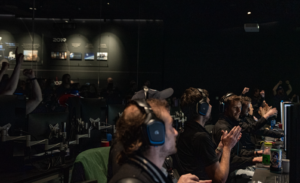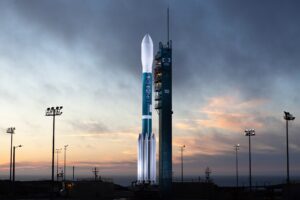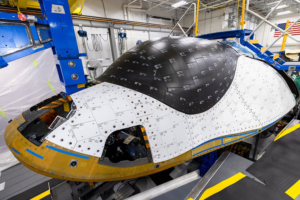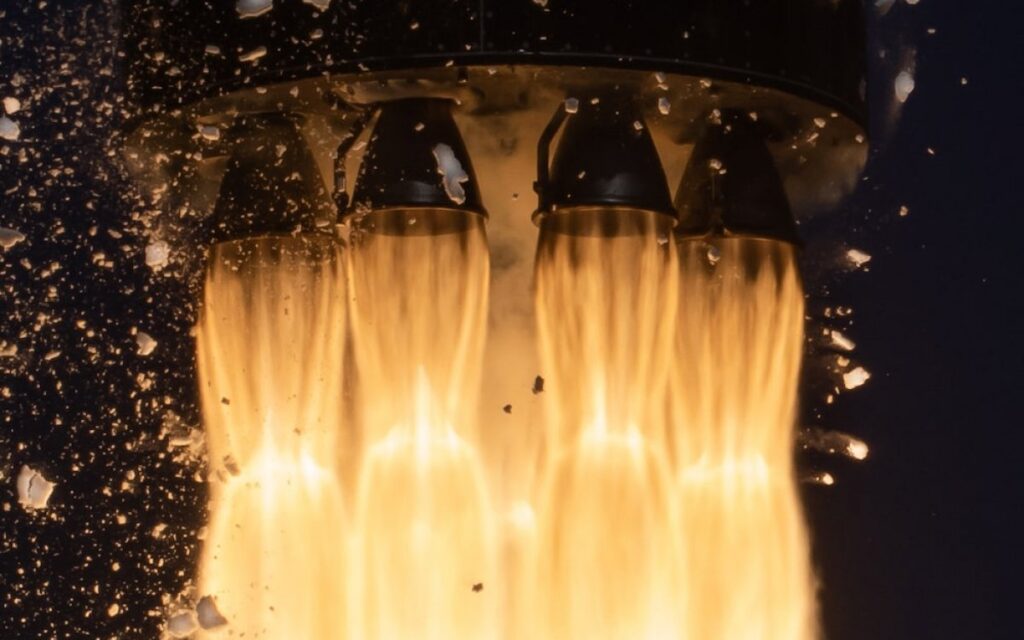
Some Of Rocket Lab’s Unique Upcoming Missions
Over the past few years, Rocket Lab has been building up its company in many different ways. This especially includes the increase in launches from Electron and Photon. Together Rocket Lab can offer customers a wide range of different destinations and more. All of which can be extremely appealing to different companies looking to send a payload into orbit and beyond.
Recently especially Rocket Lab has been planning and launching a lot of unique missions. This includes the upcoming Kinéis mission, a NASA advanced solar sail launch, and much more. Each provides Rocket Lab with a unique launch experience and helps the company gain more customers and practice with their launch vehicle. Each one of these missions has different needs and challenges in each stage of the process.
One of the major benefits of launching with Rocket Lab and specifically Electron, is the options and control the customers have. Here they decide the time frame, destination, and other crucial factors that often are not possible on a rideshare mission for example. Here I will go more in-depth into some of the unique missions Rocket Lab is working towards in the near future and what exactly they are for.
Solar Sail With NASA
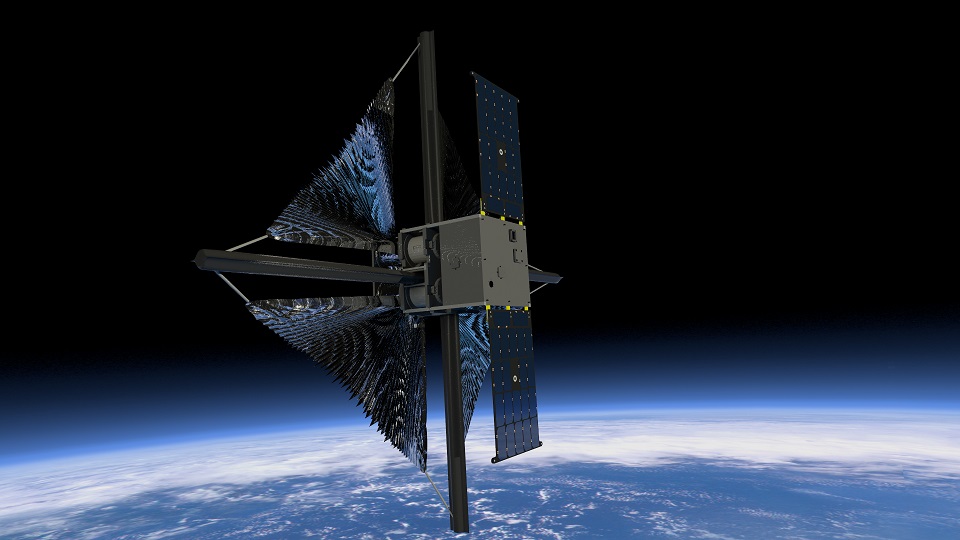
The first upcoming mission is set to launch only months from now. Months ago Rocket Lab announced they were picked to launch NASA’s Advanced Composite Solar Sail System. Specifically, late last year Rocket Lab tweeted saying, “Very proud to be selected as launch provider for @NASA’s Advanced Composite Solar Sail System! This exciting mission will explore new technology to harness sunlight to power deep space exploration.” This Solar Sail System, or ACS3, is set to launch on top of an Electron rocket. NASA’s ACS3 technology demonstration uses composite materials – or a combination of materials with different properties, in its novel, lightweight booms that deploy from a CubeSat to support a solar sail. Just as a sailboat is powered by wind in a sail, solar sails employ the pressure of sunlight for propulsion, eliminating the need for conventional rocket propellant.
Data obtained from the ACS3 demonstration will guide the design of future larger-scale composite solar sail systems that could be used for space weather early warning satellites, near-Earth asteroid reconnaissance missions, or communications relays for crewed exploration missions. ACS3 will launch as part of a rideshare mission, scheduled for lift-off from Rocket Lab Launch Complex 1 in mid-2022. The ability of the Electron launch vehicle’s Kick Stage to deploy individual satellites to unique orbits, even when flying as part of a rideshare, was a key factor in Rocket Lab being selected as the launch provider. ACS3 requires a higher altitude than the other rideshare payloads launching on the same mission, so after deploying the first payloads, the Kick Stage will perform another burn with its 3D printed Curie engine to raise the orbit and deploy ACS3. Rocket Lab’s Kick Stage has demonstrated orbit raises across 18 missions to date, and also successfully conducted inclination changes and orbit lowering, providing customers with proven, flexible, and precise in-space transportation.“We are thrilled to be NASA’s launch partner for this innovative mission,” said Rocket Lab founder and Chief Executive, Peter Beck. “It seems fitting to launch NASA’s Advanced Composite Solar Sail System on Electron, the world’s first full carbon composite orbital launch vehicle. We’re excited to see composites used yet again to unlock new capabilities in space.”
The ACS3’s sails are supported and connected to the spacecraft by booms, which function much like a sailboat’s boom that connects to its mast and keeps the sail taut. The composite booms are made from a polymer material that is flexible and reinforced with carbon fiber. This composite material can be rolled for compact stowage, but remains strong and lightweight when unrolled. It is also very stiff and resistant to bending and warping due to changes in temperature. Solar sails can operate indefinitely, limited only by the space environment durability of the solar sail materials and spacecraft electronic systems. The ACS3 technology demonstration will also test an innovative tape-spool boom extraction system designed to minimize jamming of the coiled booms during deployment. For this mission, Rocket Lab offers a great service with the help of not only Electron but an additional third stage to ensure the payload is delivered to its specific destination.
The Kinéis Mission
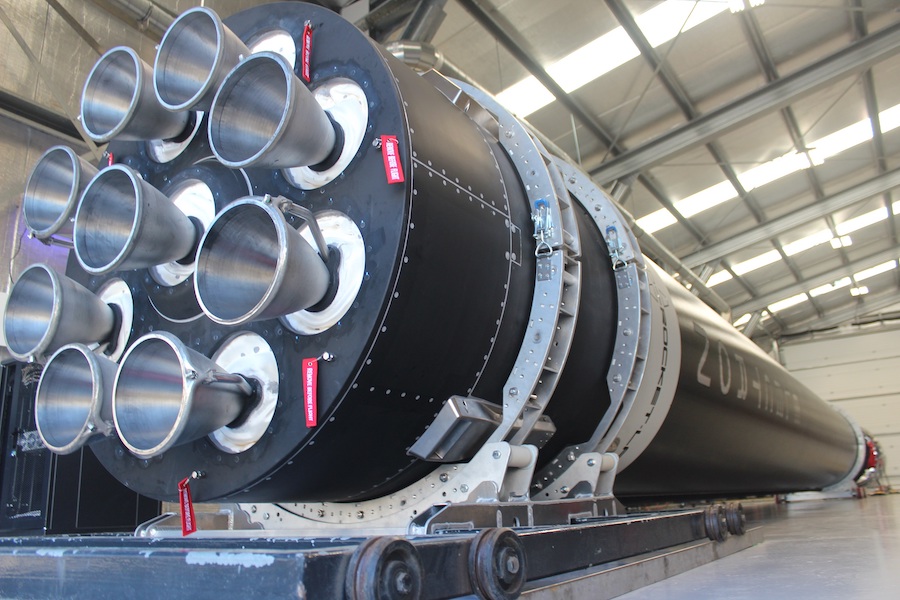
The next mission involves multiple launches and an entire constellation of satellites deployed into orbit. In September of last year, Rocket Lab announced it has been awarded a contract to deploy an entire satellite constellation across five dedicated Electron missions for Kinéis, a global Internet-of-Things (IoT) connectivity provider. They tweeted on September 8th saying, “Five Electron launches, 25 satellites, 1 entire constellation: we’ve signed a deal with @KineisIoT to deliver their internet-of-things constellation to space on Electron.” Scheduled for launch beginning in the second quarter of 2023, the constellation will enable Kinéis, a company backed by private and public investors including the French government’s space agency CNES (Centre National d’Études Spatiales) and CLS (Collecte Localisation Satellites) an international space-based solutions provider, to improve its global IoT connectivity.
The multi-launch contract with Kinéis, which is subject to standard termination and launch rescheduling provisions, follows a similar bulk buy of launches earlier this year to deploy nine satellites across five dedicated Electron missions as part of a constellation for BlackSky, a provider of real-time geospatial intelligence and global monitoring services. Kinéis CEO, Alexandre Tisserant, says: “We are glad to entrust our constellation of 25 satellites to Rocket Lab. They are the leaders in small satellite launch and the obvious choice as launch partner to activate our constellation at such a pace. We designed and developed our 25 satellites in record time with the support of CNES, Thalès Alénia Space and HEMERIA in order to deliver a full new operational service to our existing and future customers – we are now eagerly counting down to first launch in 2023!” The proven accuracy and reliability of Electron’s Kick Stage in successfully deploying 100+ satellites to date was a decisive factor in Kinéis selecting Rocket Lab as its launch partner. The Kick Stage will act as an orbital transfer vehicle to deliver each satellite in the Kinéis constellation to their precise orbital planes at a 650km altitude, allowing Kinéis to avoid sacrificing spacecraft mass for propulsion and to begin a fully operational service as quickly as possible. Once again as we have seen many times before in reasons why different companies choose Rocket Lab as their launch provider, the Electron kick stage.
Conclusion
Rocket Lab has been launching more and more as time has gone on. The company is innovating in many different aspects and working on next-generation launch vehicles such as Neutron. A big part of Rocket Lab’s success comes from working with different unique customers and specific missions. This gives the company a lot of experience and funds to keep working. Some of these upcoming missions include deploying a solar sail for NASA and an entire constellation across 5 separate missions. We will have to wait and see how each of these missions turns out and the impact it has on the space industry and more.

